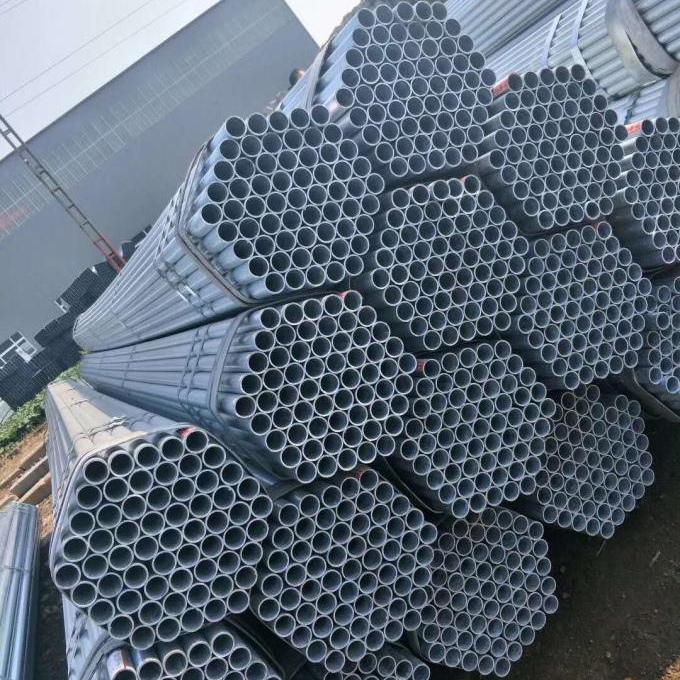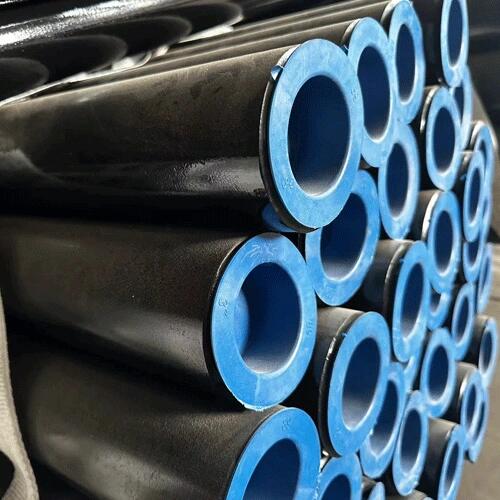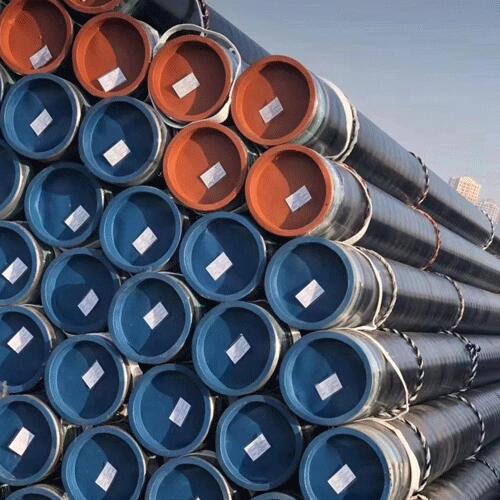Seamless steel pipe is a hollow section, the surrounding no seam of the long steel.Seamless steel pipe with hollow cross-section, can be used as a pipeline to transport the fluid, such as the transmission of oil, natural gas, gas, water and some solid materials such as pipeline. Seamless steel pipe and round steel and other solid steel compared to the same flexural strength, the weight is light, is an economic section of steel, widely used in the manufacture of structural parts and mechanical parts, such as oil drill pipe,Bicycle frame and steel scaffold used in construction.
The use of seamless steel pipe manufacturing ring parts, can improve the utilization of materials, simplify the manufacturing process, saving materials and processing time, such as rolling bearing rings, jack sets, etc., has been widely used to manufacture steel. Steel pipe or a variety of conventional weapons indispensable materials, barrels, barrels and so on to steel to manufacture.
 Shengtian Group will go to Iran to participate in the oil and gas exhibition
Shengtian Group will go to Iran to participate in the oil and gas exhibition
 How to apply hot dipped galvanized steel pipe?
How to apply hot dipped galvanized steel pipe?
 Why should Seamless steel pipes be epoxy powder coated?
Why should Seamless steel pipes be epoxy powder coated?
 ASTM A106 Thick-walled steel pipe production steps
ASTM A106 Thick-walled steel pipe production steps